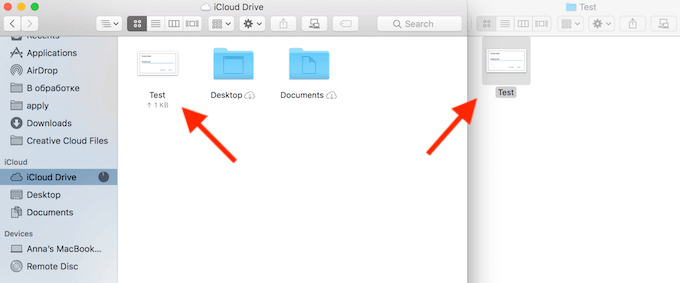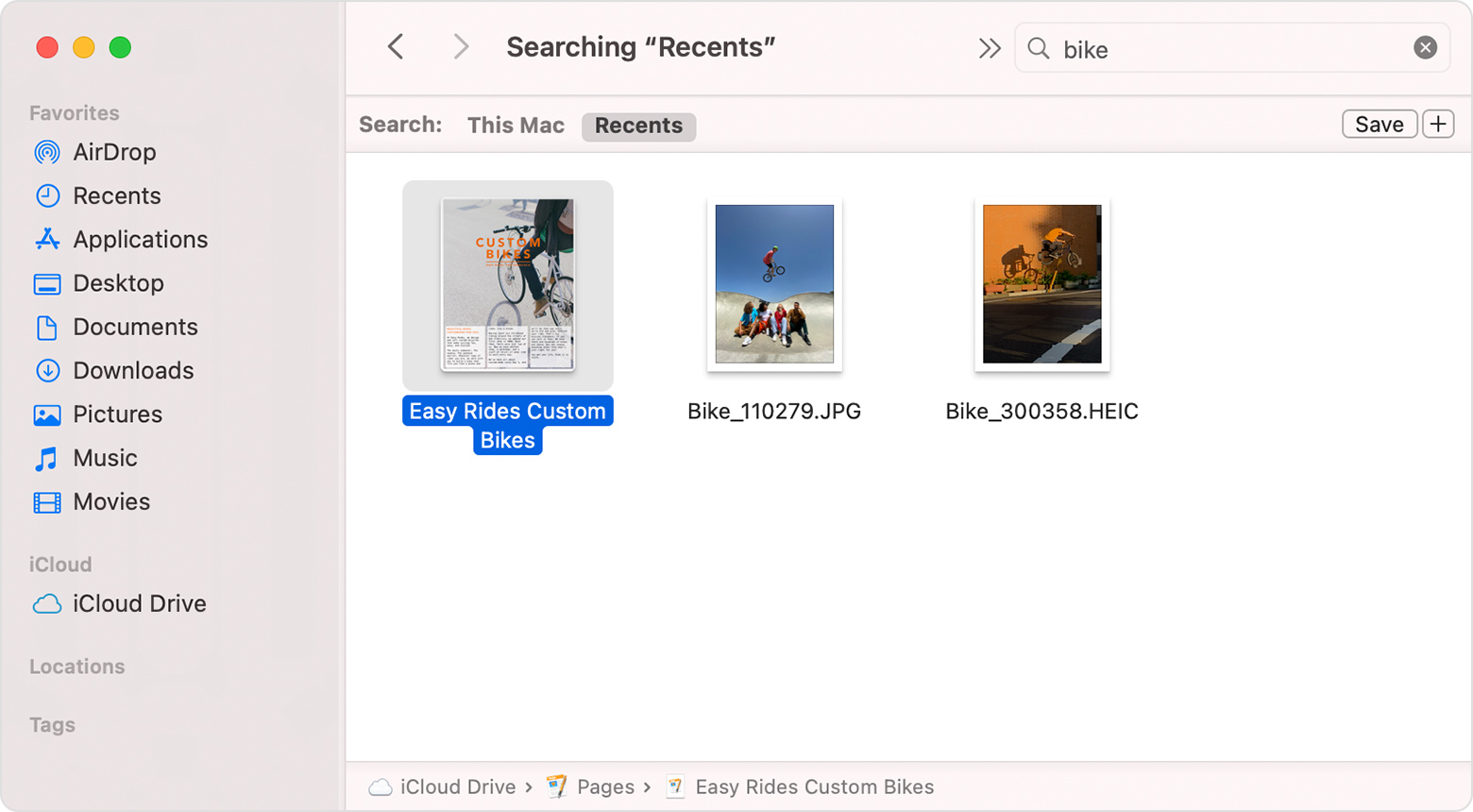

(Make sure Mobile Documents is selected, rather than This Mac, in the Search bar.) Next, click the add (+) button below the search field, then choose Kind is Document this will weed out a lot of settings files. When you’re in the Mobile Documents folder, just type a period in that field, and the Finder will find all documents with dots, or file extensions. Other folders have seemingly random characters an the beginnings of their names, but app names at the end.Īn easy way to see all your files in the Finder is to do a search from the Finder’s search field. com~apple~TextEdit holds your TextEdit files. Some are obvious: For example, the folder /com~apple~Pages contains Pages documents.

If you need to access a file, look for a folder with the name of the app that saved it. In the Mobile Documents folder, you’ll see subfolders for all your apps that store files or data to iCloud. Because iCloud syncs everything to your Mac, you may find a number of folders that don’t contain accessible files.) (Other apps may use such folders to hold settings for OS X or iOS apps. If you save files with those apps, you’ll find copies of their files there. (The tilde symbol is a shortcut for your user folder.) Go to this folder (Finder > Go > Go to Folder), and you’ll see a number of sub-folders, one for each app.

ICloud files are stored in the folder ~/Library/Mobile Documents. If you dont own a Mac, find someone you can borrow one from and create a new macOS user account for yourself. If you ever need to access such files, there are several ways to do so. To view folder sizes in iCloud Driveso you can work out which documents are using all your iCloud storageyou need to use Finder on a Mac. Another option is to scan to email, many printers and photocopiers will do this look for for the email or send option, type in your email address, then press scan. As long as you have the Documents & Data option checked in the iCloud pane of System Preferences, iCloud copies all the documents stored in your iCloud account to your Mac, so you can work with them offline. Locate where the document was saved, use the attachment key in your email to attach the file to your email.
#Where to find documents on mac update
If you have a problem with one of those iCloud apps-it won’t launch, say, or an update broke it-you may not be able to access your files at all.įortunately, there are other ways to access iCloud documents on your Mac. The problem with using iCloud for document storage is that it’s a black hole: Once you save a document to iCloud, you can only access it again with the same app, or its sibling, in OS X or iOS. (I’d actually say it tries to do too much, but that’s another story.) One of its main functions is document storage for the iWork suite (Pages, Numbers and Keynote) and other apps.


 0 kommentar(er)
0 kommentar(er)
